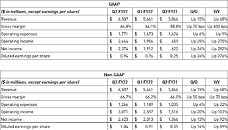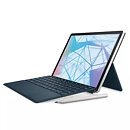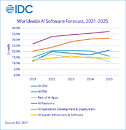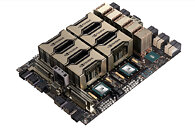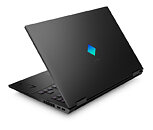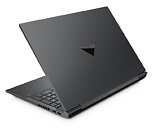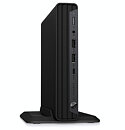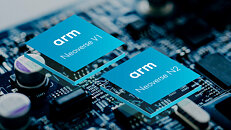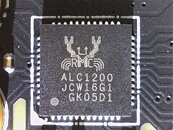Tachyum Successfully Runs FreeBSD in Prodigy Ecosystem; Expands Open-Source OS Support
Tachyum today announced it has completed validation of its Prodigy Universal Processor and software ecosystem with the operating system FreeBSD, and completed the Prodigy instruction set architecture (ISA) for FreeBSD porting. FreeBSD powers modern servers, desktops, and embedded platforms in environments that value performance, stability, and security. It is the platform of choice for many of the busiest websites and the most pervasive embedded networking and storage devices.
The validation of FreeBSD extends Tachyum's support for open-source operating systems and tools, including Linux, Yocto Project, PHP, MariaDB, PostgreSQL, Apache, QEMU, Git, RabbitMQ, and more.
The validation of FreeBSD extends Tachyum's support for open-source operating systems and tools, including Linux, Yocto Project, PHP, MariaDB, PostgreSQL, Apache, QEMU, Git, RabbitMQ, and more.






















